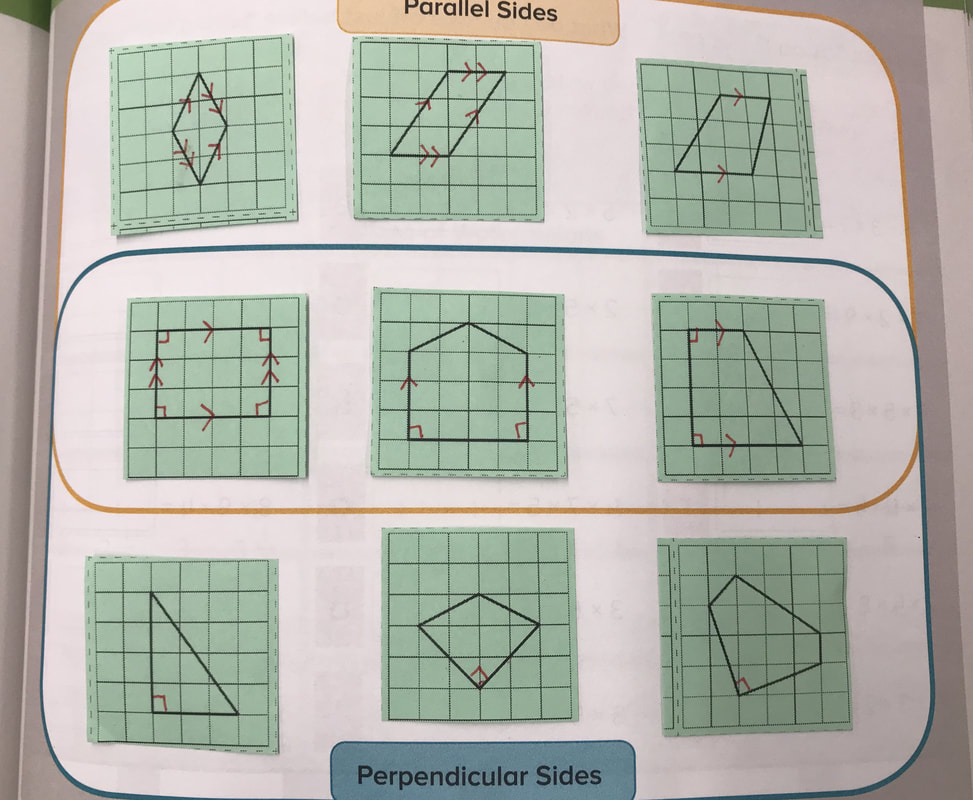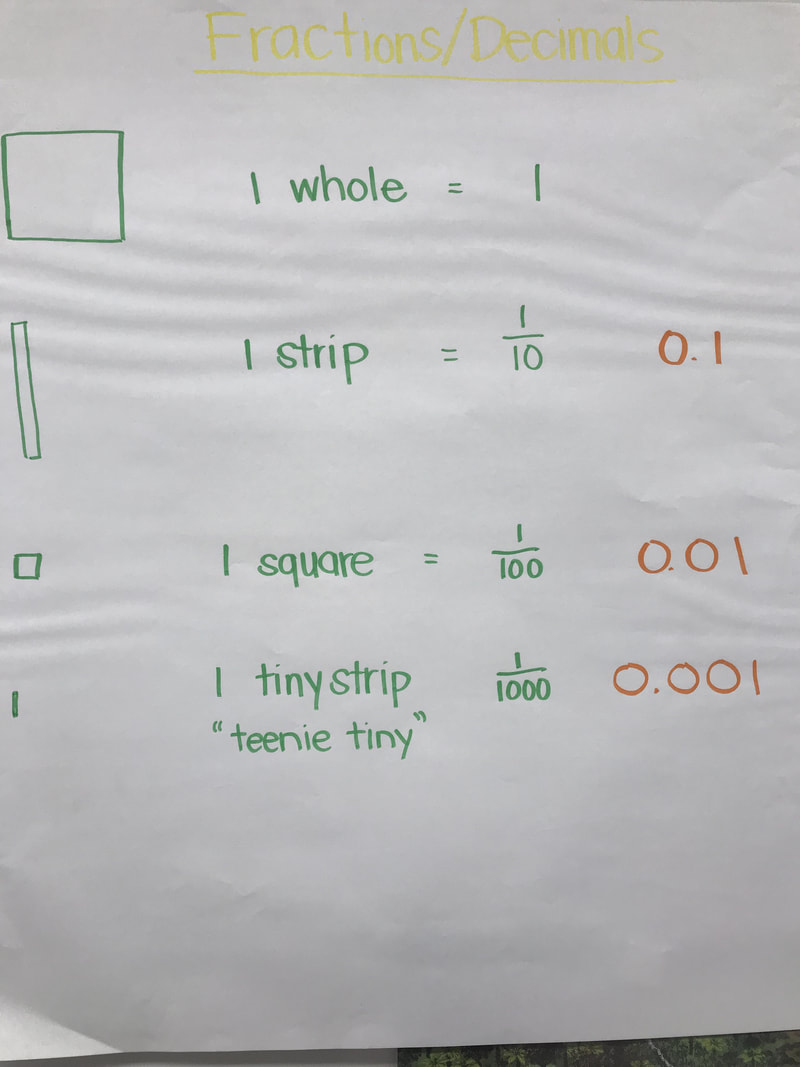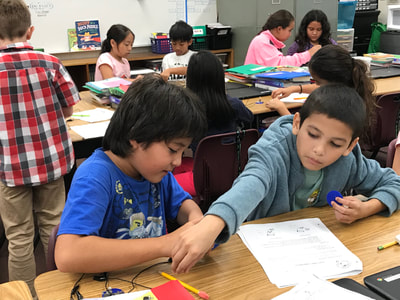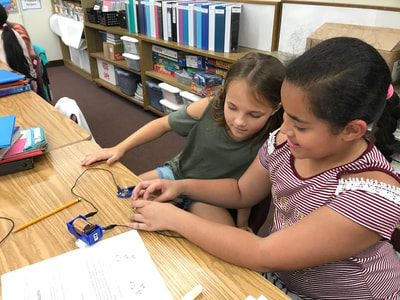- Patterns
- Multiplication and addition patterns
- Square number patterns
- Number patterns
- Multiplication and addition patterns
- Comprehension skill-Text Structure: Sequence
- One kind of text structure authors use to organize information in a text.
- Dates and key words like first, next, last help to identify the order of events
- One of the passages we read was about fingerprints. We learned that it is rare to have two fingerprints exactly the same. Our fingerprints do not change over time. We had an interesting discussion about the way fingerprints are being used now to help identify people and thought about what other ways we might use our fingerprints in the future. Some student ideas included:
- To start our cars
- Open doors
- Pay for purchases
- Vocabulary strategy: Context Clues-Antonyms
- Some authors use an antonym to explain an unfamiliar word.
- Nearby words and phrases can give examples or provide further description of the word.
- Grammar: Prepositions
- A word that shows the relationship between a noun or a pronoun and another word in a sentence, such as in, on, under, to, for, with, by, after, and during.
- The noun or pronoun following a preposition is the object of the preposition.
- A prepositional phrase is a group of words that includes the preposition, the object of the preposition and any words in between.
- Prepositions and prepositional phrases tell about location, time or direction, or they provide details.
Science
- Reviewed circuits
- Forms of energy: light, sound, heat
- Kapu review-Looked at various articles and a video on the kapu system. Students used an online discussion board to share something they learned from what they read or saw and commented on each other's post.
- Career: Scoot
Students moved from one desk to the next to check off whether they would or would not be interested in a career based on its description.
Assigned Career Lap Folder; Due Thursday, May 17th
- 5/15: Island Design due (assigned 4/24)
- 5/16 School ends at 2:10pm (not 12:45)
- 5/18: Spring Celebration
School ends at 12:45pm - 5/28: No School-Memorial Day
- 5/30: Schools ends at 2:10 (not 12:45)
- 5/31: Last day of school for students; School ends @
12:45pm





 RSS Feed
RSS Feed